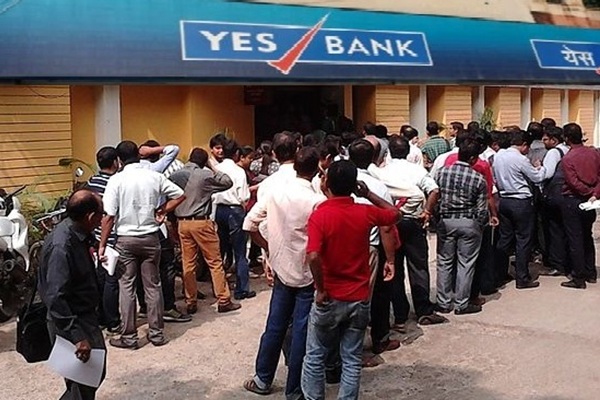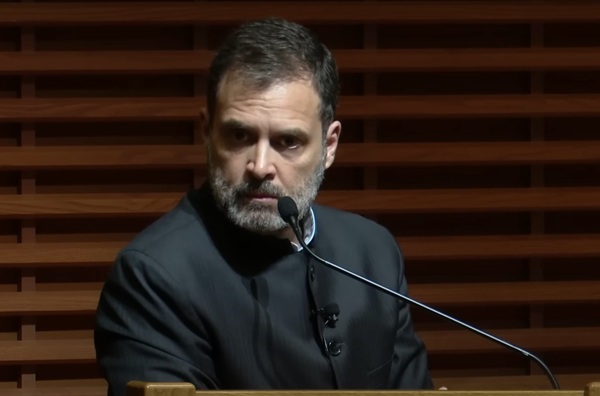.png)
Banker Emeritus writes on monetary affairs with the calm of experience, a sceptic’s eye, and just enough distance to say what others won’t.
November 10, 2025 at 2:16 AM IST
When the Reserve Bank of India’s Deputy Governor recently celebrated the revival of YES Bank, it sounded like the system congratulating itself for having weathered a storm.
Indeed, YES Bank’s balance sheet is healthier, depositors have been protected, and the bank’s very survival is no small feat.
But as official voices speak of the pain of the crisis “fading from memory,” one wonders whose pain they are talking about and whose has been conveniently forgotten.
The YES Bank crisis was not a mere case of bad luck. It was a slow-burning collapse visible to anyone watching closely.
Long before the RBI stepped in, the bank’s reckless expansion, dubious lending, oddly dominant fee income and concentration of credit exposure were well known in financial circles. Yet, regulatory action came too late after trust had evaporated and the bank’s share price had already imploded.
When the full extent of the mismanagement and possible fraud became evident, YES Bank’s market capitalisation was virtually wiped out, from over ₹1 trillion at its peak to barely a fraction of that. For thousands of retail and institutional shareholders, this was not just a paper loss but a complete destruction of wealth. They were the first casualties of a failure that regulatory vigilance might have prevented.
Then came the AT1 bondholders, investors who were told they were buying quasi-equity instruments and/or fixed deposit alternatives with steady and better yields. When the rescue plan was finally drafted, they found themselves written off entirely. Their holdings, worth around ₹80 billion, were extinguished overnight in the name of financial stability.
The pain of this group, unlike the balance sheets of the rescuers, has not healed with time.
Meanwhile, the new investors, led by the State Bank of India and other institutions, who entered at the lowest ebb of valuation, have since seen their stakes appreciate as the bank recovered.
The lopsidedness is stark: those who caused the crisis escaped legal consequence, those who arrived later made profits, and those caught in the middle — shareholders and bondholders — were left holding the ruins.
Containing Contagion
This strategy mirrors crisis responses elsewhere.
In the United States during the 2008 financial crisis, the government’s Troubled Asset Relief Program (TARP) and other bailouts were fiercely criticised as taxpayer-funded giveaways to Wall Street. Yet, over time, those interventions not only stabilised the system but also yielded profits for the US Treasury.
Similarly, SBI’s investment in YES Bank, once seen as reluctant, has turned out to be financially rewarding.
Such outcomes suggest that bailouts, if executed prudently, can indeed create long-term value. But that is only half the picture.
Moral Hazard
The YES Bank saga reveals a pattern of delayed recognition, regulatory deference, and the erosion of accountability. It was no secret that YES Bank’s loan book was dangerously concentrated, or that its corporate governance was suspect.
With a senior retired central bank official sitting on its board, the bank was hardly operating in the shadows. Yet, early warnings were either ignored or downplayed, until the problem could no longer be contained.
This regulatory inertia raises a fundamental question: is the celebration of a “successful rescue” masking what was essentially a preventable failure? Are we celebrating a partial visible gain by ignoring larger, forgotten losses — loss to then existing shareholders (market cap loss) as also the loss to AT1 bond investors?
The reality could be, even if the rescuers eventually profited, the system as a whole may have suffered a net loss. The destruction of shareholder wealth, the write-down of AT1 bonds, and the erosion of investor confidence far exceeded the gains made by institutional saviours. The episode also dented trust in hybrid instruments and raised doubts about transparency in India’s financial regulation.
This asymmetry exposes the moral fault lines of crisis management. The system that preaches “market discipline” in good times swiftly abandons it in bad times, except for the weakest players. Public institutions like SBI and LIC are called upon to absorb the shock, then emerge stronger.
Private investors in riskier instruments are left to litigate (in vain?).
A bailout may stabilise the present, but if it breeds complacency among both banks and regulators, it quietly plants the seeds of the next crisis.
The recent incidents at IndusInd Bank are some indicators.
Trust Without Choice
This is not confidence in the true sense; it is compliance born of necessity. The system’s greatest asset is not faith but the absence of options.
The YES Bank rescue is indeed a case study in crisis management, but also in moral complexity. It shows how systemic stability can be preserved, yet carries the impression that fairness is compromised; how the state can rescue a bank yet fail its investors; and how regulators can proclaim vigilance even after sleeping through the storm.
If the revival of YES Bank is now hailed as a success, it should also be remembered as a warning. Stability achieved through selective amnesia and unequal sacrifice is not resilience. It is survival on borrowed time.




